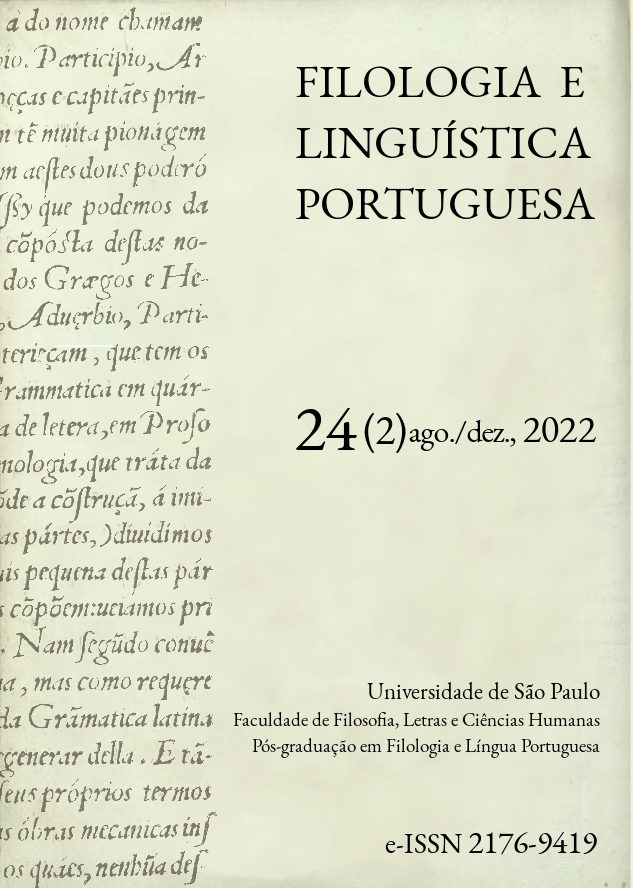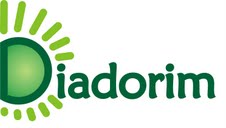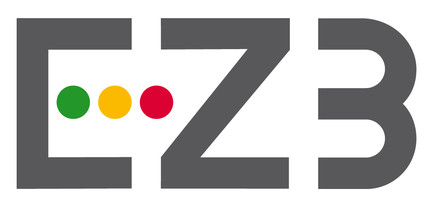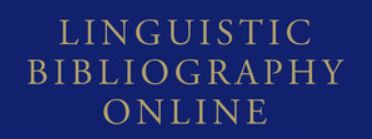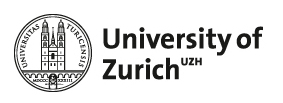Por uma Semiose cognitiva de infância: Uma poesia contínua
DOI:
https://doi.org/10.11606/issn.2176-9419.v24i2p215-226Palavras-chave:
Literatura, Artes, Poesia, Experiência de linguagem, Semiose Cognitiva de InfânciaResumo
A cognição forma-se na mente do intérprete, ou torna-se um hábito ou torna-se certa forma de comportar-se mentalmente, que lhe oferece modelos mentais sob circunstâncias similares. Suas raízes múltiplas geram matrizes de ideias que nos ensinam a ver e a pensar (Deleuze; Guattari, 2012). Essa atividade cognitiva faz a mediação entre sentimento e volição e a correspondência com o signo na semiose, em exercício de significação em significação. Uma outra práxis surge na cognição dirigida pela percepção que a Literatura e as Artes privilegiam em sua linguagem aberta às coordenações de ações humanas (Maturana, 2001). Na singularidade, a Semiose cognitiva, em sistemas sígnicos e performáticos, agencia a ambivalência e a sobredeterminação do objeto de conhecimento traduzido na aprendizagem. Entende-se que a conjugação desses aspectos cognitivos e estéticos atua como medium de exploração da natureza específica da literatura para criança, denominada poeticidade, que privilegia o movimento de recriação e interpretação das potencialidades do devir (Agamben, 2008). Em resposta, esse movimento metacrítico poético – a Semiose, projeta um modo de construir matrizes do conhecimento, da informação e da aprendizagem com elementos da experiência de linguagem ou de uma poesia contínua de signos ou de uma Semiose cognitiva de infância.
Downloads
Referências
Agamben G. Infância e história. Destruição da experiência e origem da história. Burigo H, tradutor. Belo Horizonte: Editora UFMG; 2008.
Agamben G. A linguagem e a morte. Um seminário sobre o lugar da negatividade. Burigo H, tradutor. Belo Horizonte: UFMG; 2006.
Agamben G. A experiência da língua. Oliveira C, tradutor. Rio de Janeiro: Circuito; 2018.
Aristóteles. Física. Livro IV. Echandía GR, tradutor. Madrid: Editorial Gredos; 1995.
Barthes R. A preparação do romance I: da vida à obra. São Paulo: Martins Fontes; 2005.
Benveniste É. Problemas de linguística geral. Guimarães E, et al., tradutores. 2.ª ed. Campinas: Pontes Editores; 2006. v. 1.
Deleuze G, Guattari F. Mil platôs. Pelbart PP, Caiafa J., tradutores. São Paulo: Editora 34; 2012. v. 5.
Gagnebin JM. Sete aulas sobre linguagem, memória e história. Rio de Janeiro: Imago Ed.; 1997.
Lévinas E. Entre nós. Ensaios sobre a alteridade. Pivatto PS, tradutor. Petrópolis, RJ: Editora Vozes; 2010.
Maturana H. Cognição, ciência e vida cotidiana. Magro C, Paredes V, organizadores e tradutores. Belo Horizonte: Editora UFMG; 2001.
Nascimento E. Derrida. Rio de Janeiro: Jorge Zahar Editor; 2004.
Nunes B. Hermenêutica e poesia. O pensamento poético. Campos MJ, organizadora. 2.ª reimp. Belo Horizonte: Ed. UFMG; 2011.
Oliveira C. A linguagem e a morte. In: Pucheu A, organizador. Nove abraços no inapreensível: filosofia e arte em Giorgio Agamben. Rio de Janeiro: Beco do Azougue, FAPERJ; 2008.
Palo MJ, Palo C. Histórias em Hai-Kai. 2.ª ed. São Paulo: ÔZÉ; 2021.
Valéry P. Variedades. Siqueira MM, tradutor. São Paulo: Iluminuras; 1991.
Zumthor P. Performance, recepção, leitura. São Paulo: Cosac & Naify; 2007.
Downloads
Publicado
Edição
Seção
Licença
Copyright (c) 2022 Maria José Palo

Este trabalho está licenciado sob uma licença Creative Commons Attribution-NonCommercial 4.0 International License.
Os direitos autorais serão cedidos à revista para publicação on-line, com livre acesso e impressa para arquivo em papel. Serão preservados, porém, para autores que queiram republicar os seus trabalhos em coletâneas.


